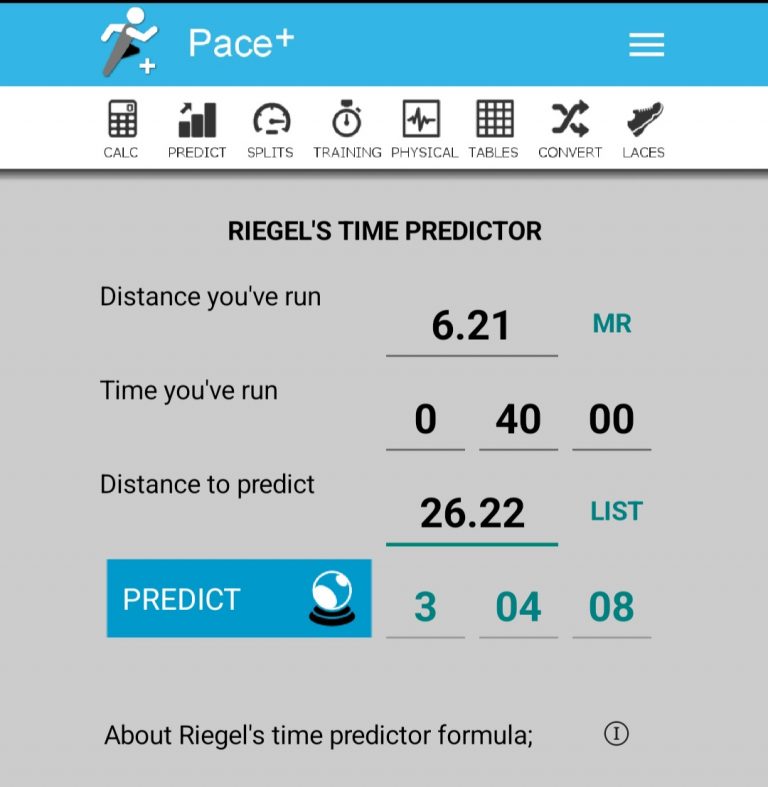When to use double run days
There may come a time that you need to run twice in one day in order to reach your goals. They’re suited mostly to marathon and ultramarathon training, so this article will discuss the method looking through that lens. Here’s how and why you might go about it.
Why run twice?
Sometimes it may just be logistics that necessitate fitting in two runs in a day. Something crops up and means you miss a run. Depending on the type of run you were due to do, you can simply add it later in the day of another run.
The other reason you’d double run is more related to the total mileage you need to cover in a week. This is why double running suits marathon and ultramarathon training, due to the higher number of miles needed in training, as well as the lower intensity of those miles, which means recovery gaps can be smaller.
How to double run
Aside from the reason mentioned above, double running can be done as a way to break up longer runs whilst keeping mileage on target.
This would have some downsides since you’d not be pushing your body as much for muscular endurance, but on a recovery week during marathon training, it could be a good way to allow the body to recover better without sacrificing overall mileage.
The other option is to add a second run to an interval session day. Running a hard interval session means you’ll want a recovery run or a day of no running on the next day. That won’t always work for you in a logistical sense however and adding some easy miles to the start or end of an interval session is hard work. You can therefore run a hard interval session in the morning, followed by a few easy miles in the early evening or vice versa, to give you the option of not running the next day. Remember, we need at least 1 day off running per week ideally.
Considerations for double run days
Both the timing of the sessions and the type of sessions is important. You need to leave yourself a good gap to allow the recovery process to start, something like a period of 8-10 hours between runs would advisable. From an intensity perspective, one hard run and one very easy one, or two more moderate intensity sessions would be my advice.
Nutritionally speaking, you’ll need to treat this day similar to your long run day. Although the distance is broken up, it may we be equal to your long runs in terms of total mileage but be performed at an overall faster pace. What you eat and drink then is key to feeling good and performing well.
Resting the next day would be a good idea. Take it easy with some active recovery such as a stretching session, yoga or Pilates, a gentle cycle or easy swim. If your long run is on a Saturday as discussed in one of my other blogs, using Thursday as your double run day could allow you to optimise your training.
So, there you have it. That’s how and why double runs could be a helpful tool in breaking some personal bests in your next marathon or ultramarathon.
Written by Kyle Brooks, Running Coach based in Norwich, Norfolk






